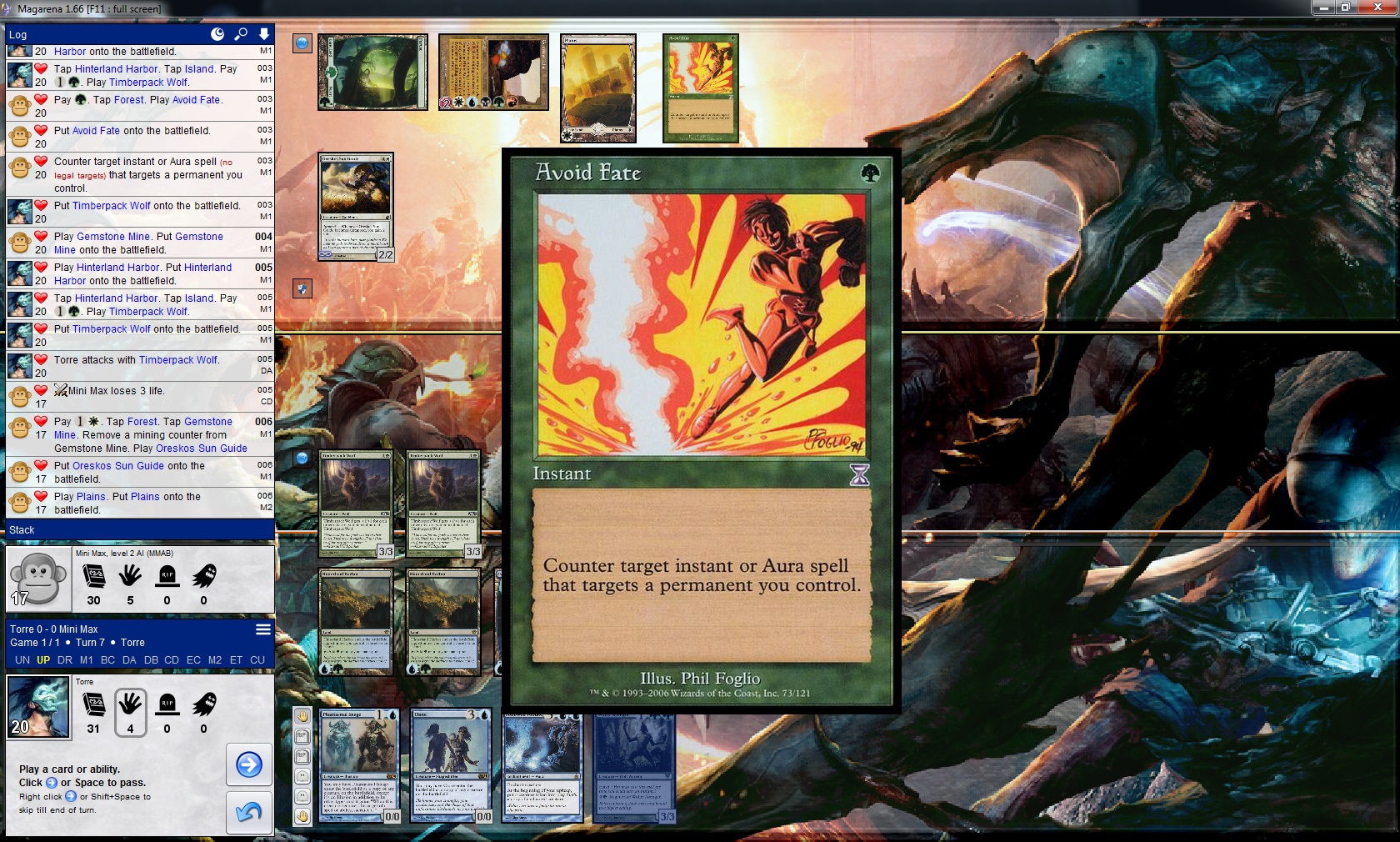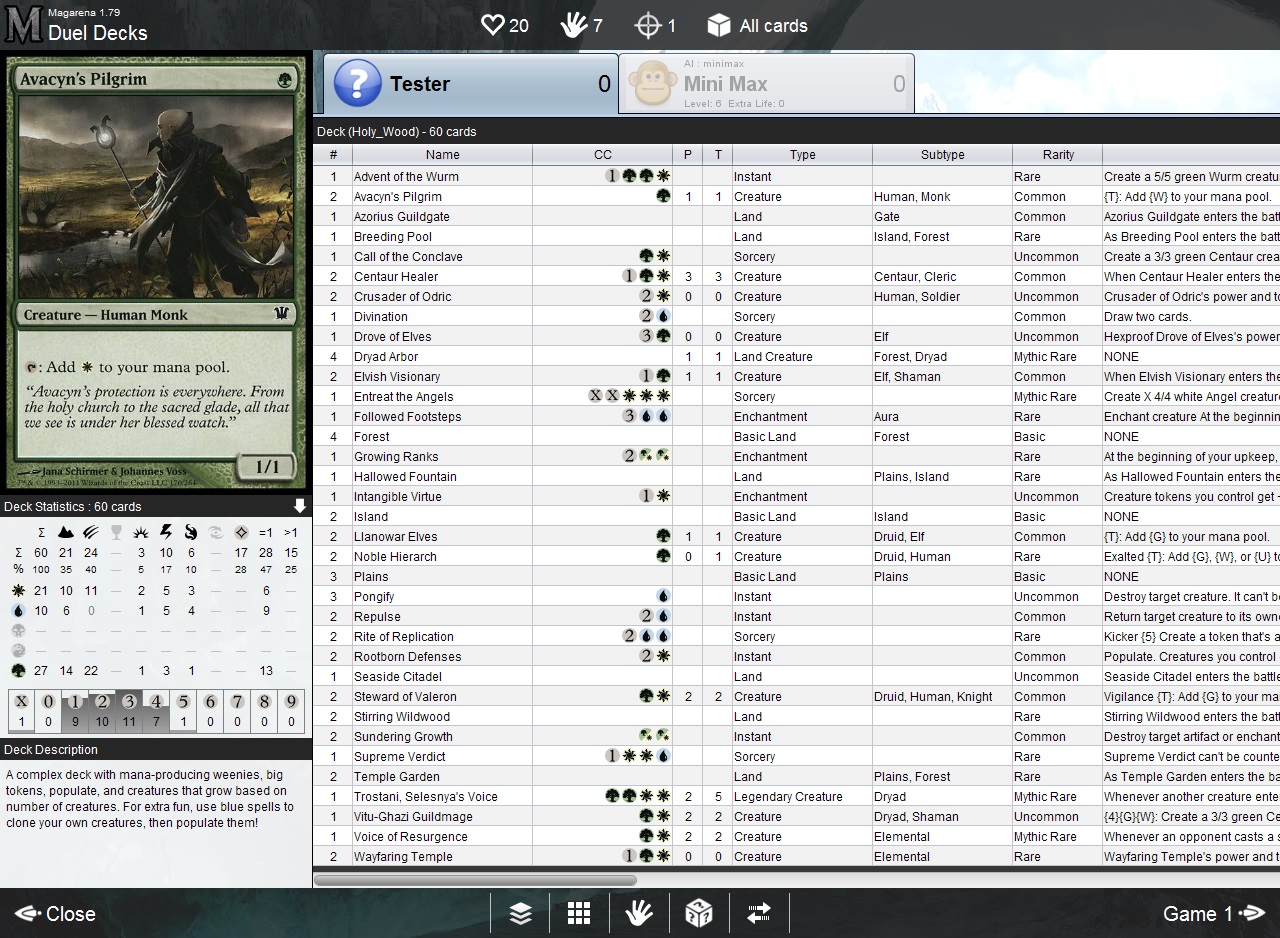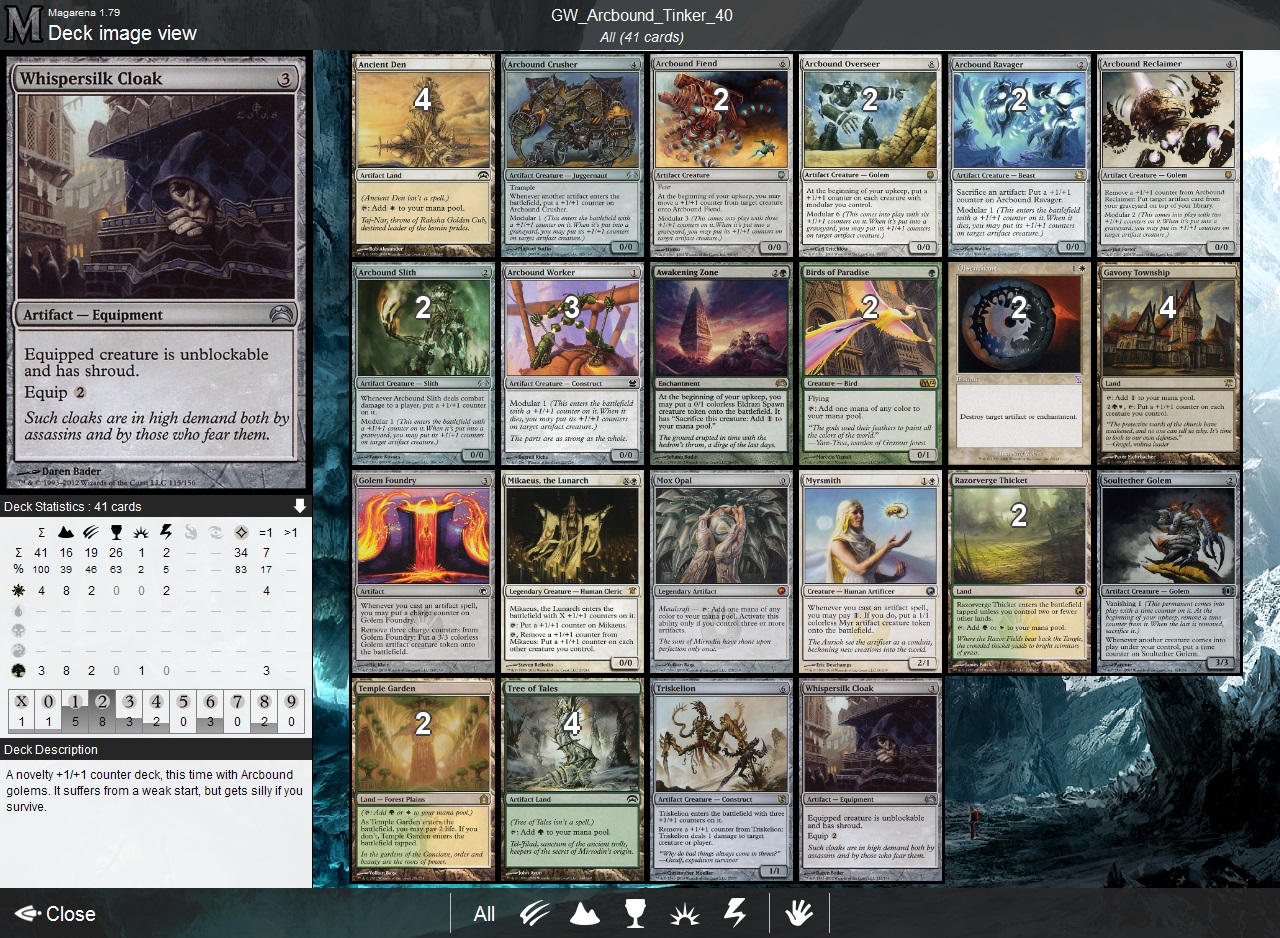Ubuntu is (and soon to become was) the distro that I have been using on/off/then on again for the last 10+ years. I have switched to Peppermint OS in the past couple of years, but that too is based on Ubuntu.
I am a normal user with normal needs and that includes gaming. I am a Steam user and also use Wine to install and play the games that are not directly available for the Linux system. Steam has done a fantastic job of bridging the gaming divide that existed between Windows and Linux. And, recently they have also integrated a version of Wine directly into the Steam app to play Windows only games in Linux. This has helped me and several like me to make a complete switch to Linux.
If you would see the articles on the problems that most normal users used to face when using Linux was the lack of games and some other proprietary software. GOG, and Steam (and others) have finally managed to overcome this gap.
The once great Linux distro, Ubuntu, was the chosen one used by Steam to open up gaming in Linux. Well, now the same Ubuntu wants to destroy gaming on Linux. Why? because Microsoft Loves Linux. Microsoft has adopted Ubuntu in Windows and may be (IMHO) have chided Ubuntu to give them something back. This may be a pure business decision to have a common system for Windows and pure Linux, and that means to loose normal Linux users.
So, the great Ubuntu has now decided to cripple its gaming support and relegate gaming to "containers". For me, this is the end of Ubuntu. Come 2020, I will be switching to a distro that has first class support for GOG and Steam.
What are my options :)
This is the advantage of the Linux ecosystem, we have a lot of options. Currently I can think of MX Linux, Linux Mint Debian Edition, PCLinuxOS, Funtoo Linux, Slackware Linux, Manjaro, deepin, CentOS, and many more.
I am a normal user with normal needs and that includes gaming. I am a Steam user and also use Wine to install and play the games that are not directly available for the Linux system. Steam has done a fantastic job of bridging the gaming divide that existed between Windows and Linux. And, recently they have also integrated a version of Wine directly into the Steam app to play Windows only games in Linux. This has helped me and several like me to make a complete switch to Linux.
If you would see the articles on the problems that most normal users used to face when using Linux was the lack of games and some other proprietary software. GOG, and Steam (and others) have finally managed to overcome this gap.
The once great Linux distro, Ubuntu, was the chosen one used by Steam to open up gaming in Linux. Well, now the same Ubuntu wants to destroy gaming on Linux. Why? because Microsoft Loves Linux. Microsoft has adopted Ubuntu in Windows and may be (IMHO) have chided Ubuntu to give them something back. This may be a pure business decision to have a common system for Windows and pure Linux, and that means to loose normal Linux users.
So, the great Ubuntu has now decided to cripple its gaming support and relegate gaming to "containers". For me, this is the end of Ubuntu. Come 2020, I will be switching to a distro that has first class support for GOG and Steam.
What are my options :)
This is the advantage of the Linux ecosystem, we have a lot of options. Currently I can think of MX Linux, Linux Mint Debian Edition, PCLinuxOS, Funtoo Linux, Slackware Linux, Manjaro, deepin, CentOS, and many more.







